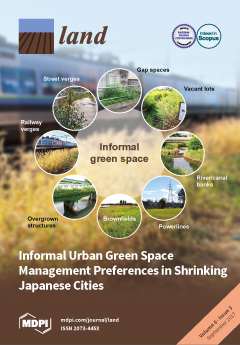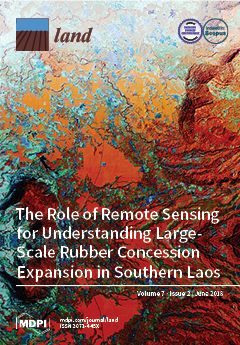Land Use Planning Law (2006)
The Law determines principles for land use planning in Latvia. Its purpose is to promote the arrangement of land properties and a sustainable utilisation of the land resources, by determining types of land use planning work, implementation provisions, and the tasks and duties of persons involved in a land use planning. According to the Law, land use planning includes the development of a land use planning project; and the specification of types of land use.




